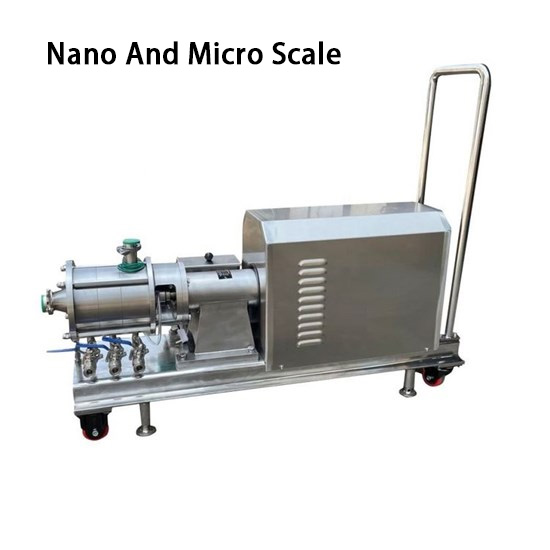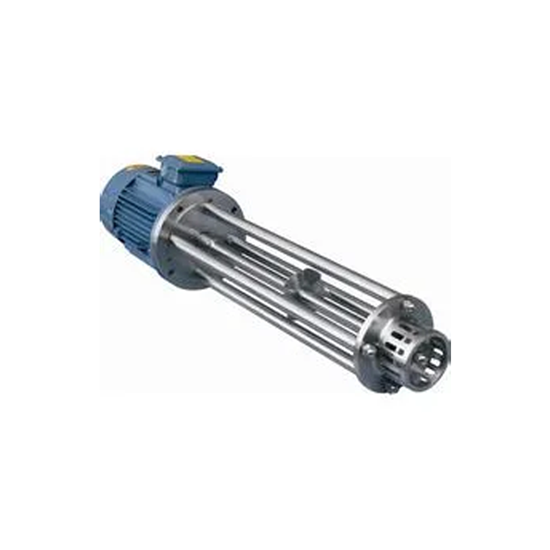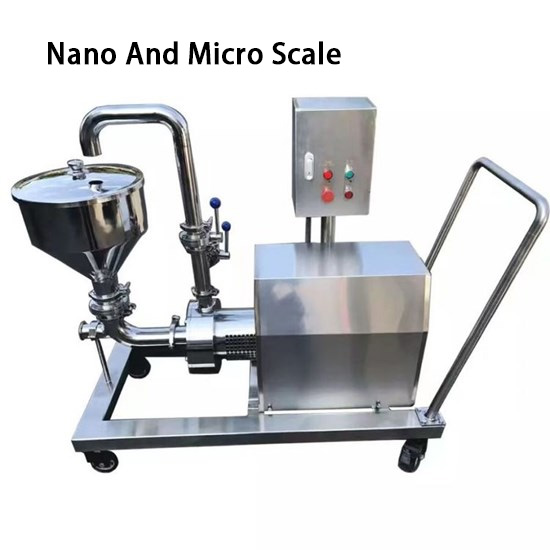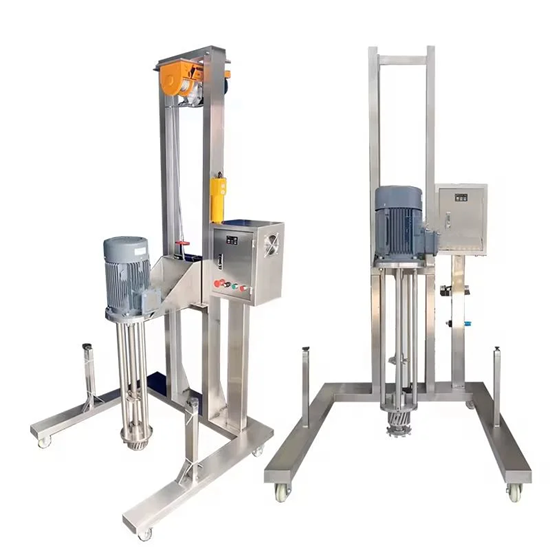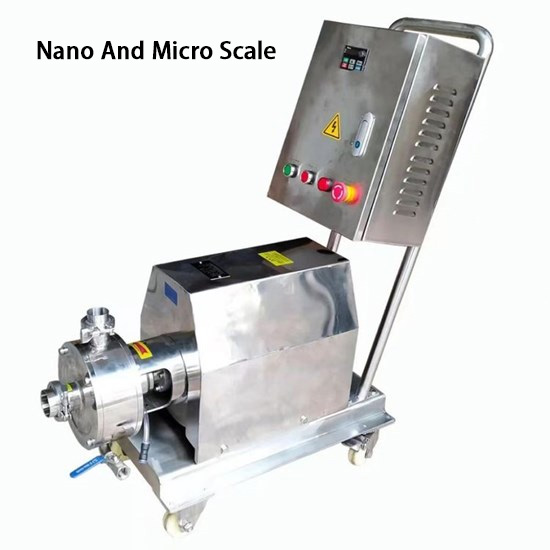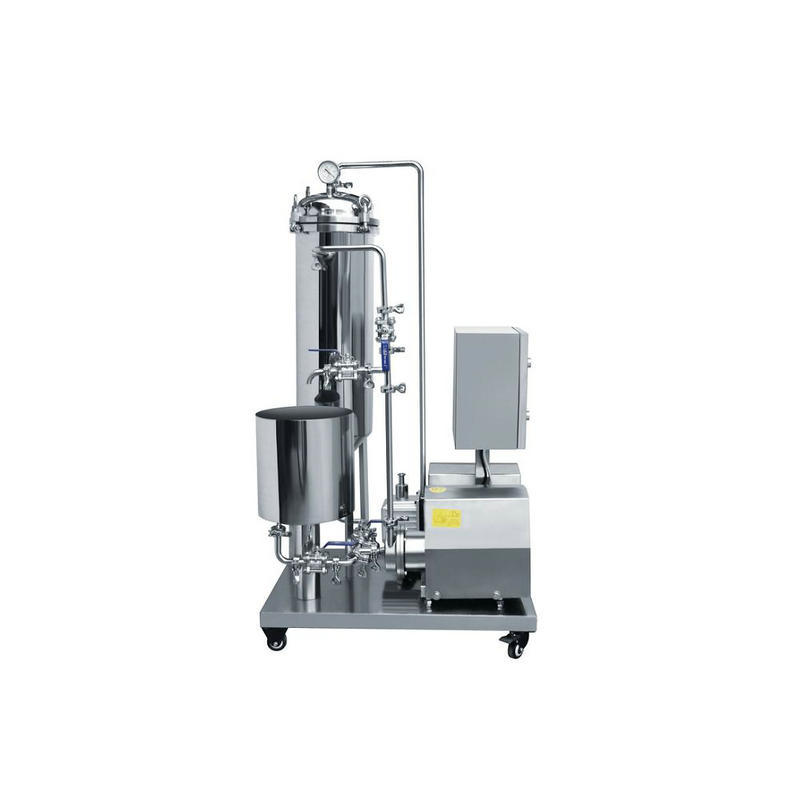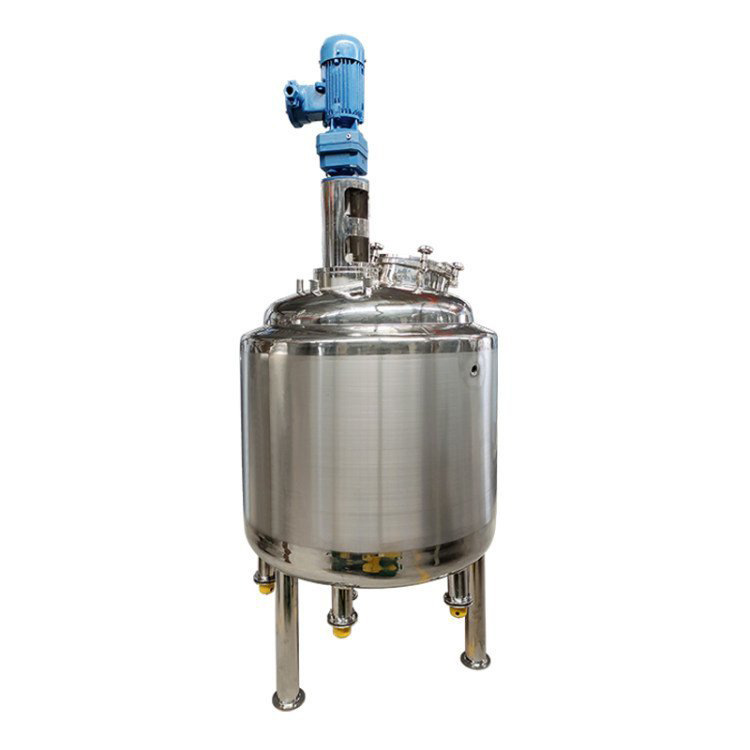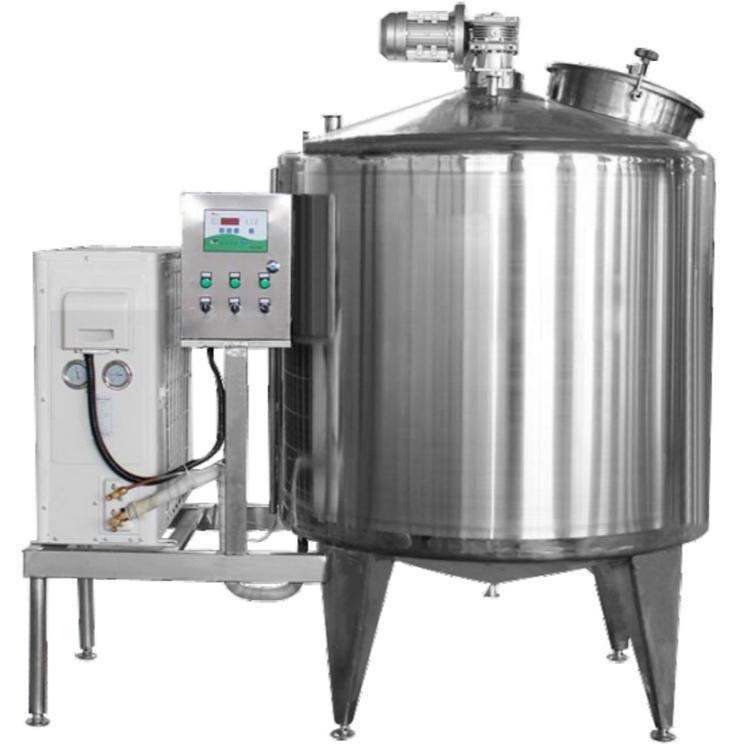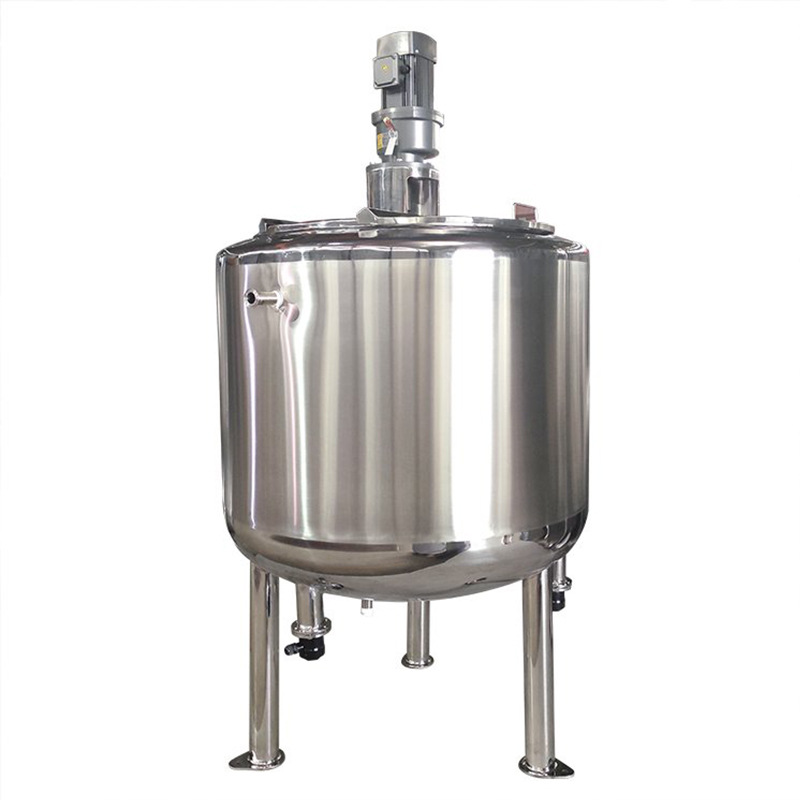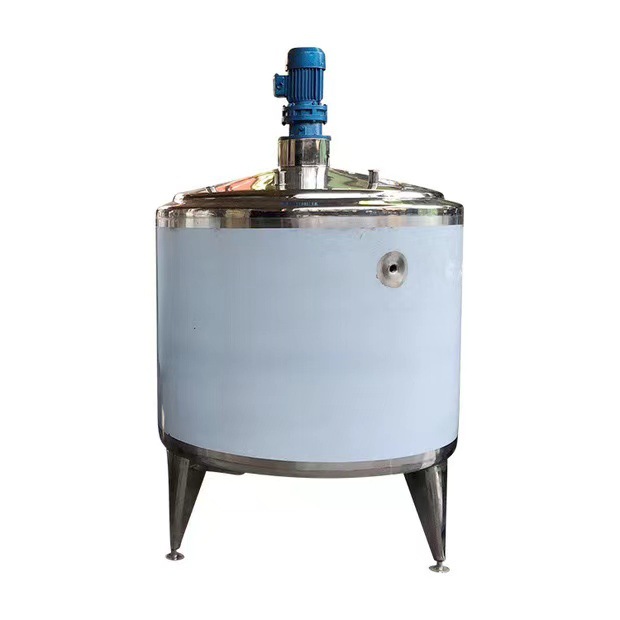Introduction To Emulsifier For Food And Pharmaceutical Laboratory Research And Development
In modern chemical, pharmaceutical, food and cosmetic industries,
Emulsification Pump is a key production equipment, and its performance and efficiency directly affect the quality and cost of the product.
R&D emulsifier,
As the technological frontier in this field, it not only carries the heavy responsibility of innovative technology, but also is an important force to promote the progress of the industry.
This article will deeply explore the design principles, technological innovations, application advantages and future development trends of R&D emulsifiers, in order to provide valuable reference for researchers and producers in related fields.
### Design principles and technical features
R&D emulsifiers, as the name suggests, are designed for laboratory or small-scale R&D environments, aiming to simulate or optimize the emulsification process in large-scale production.
Its design principle is based on the principles of shear, impact, dispersion and mixing in physics.
Through high-speed rotating stirring blades or stator-rotor combinations, two or more immiscible liquids (such as oil phase and water phase) are evenly mixed in a very short time to form a stable emulsion.
Emulsifier for R&D
Compared with traditional emulsifiers, emulsifiers for R&D have the following significant technical features:
1. **High-precision control**: Using advanced control systems, such as PLC or touch screen interface, to achieve precise control of parameters such as speed, temperature, pressure, etc., to ensure the repeatability and consistency of experimental conditions.
2. **Versatility**: The design is flexible and changeable, and the stirring head, container and other components can be replaced according to different experimental needs to adapt to various material characteristics and emulsification process requirements.
3. **High efficiency and energy saving**: Using high-efficiency motors and optimized fluid dynamics design to reduce energy consumption while improving emulsification efficiency, in line with the concept of green production.
4. **Easy to clean and maintain**: The detachable structure is used for easy cleaning and disinfection, reducing the risk of cross contamination and ensuring the accuracy of experimental results.
### Technological innovation and application advantages
In recent years, with the rapid development of materials science, automation technology and intelligent manufacturing, emulsifiers for R&D have made significant progress in technological innovation:
- **Nano-emulsification technology**: By introducing advanced technologies such as ultrasound and high-pressure homogenization, the preparation of nano-scale emulsions is achieved, which greatly broadens the application scope of emulsifiers, such as drug carriers, functional foods and other fields.
- **Intelligent control**: Combining the Internet of Things, big data and AI algorithms, intelligent monitoring and prediction of the emulsification process are realized, potential problems are discovered and solved in advance, and R&D efficiency and success rate are improved.
- **Environmentally friendly material application**: The use of bio-based materials or degradable materials to manufacture emulsifier parts reduces the impact on the environment and meets the requirements of sustainable development.
In terms of application advantages, emulsifiers for R&D not only accelerate the development cycle of new products and reduce R&D costs, but also promote the improvement of product quality and differentiated competition.
For example, in the cosmetics industry, by finely controlling the emulsification process, skin care products with fine texture, strong stability and excellent skin feel can be prepared;
In the pharmaceutical field, it can ensure the uniform distribution of active ingredients of drugs and improve the bioavailability and efficacy of drugs.
### Future development trends
Looking to the future, the development of emulsifiers for R&D will show the following trends:
1. **More intelligent**: With the continuous maturity of AI technology, emulsifiers will have stronger autonomous learning and decision-making capabilities, and can automatically adjust process parameters according to experimental data to achieve the optimal emulsification effect.
2. **Modularization and customization**: In order to meet the personalized needs of different industries and customers, emulsifiers will develop in the direction of modularization and customization, providing more flexible and diverse solutions.
3. **Greening and environmental protection**: The increasingly stringent environmental regulations will prompt emulsifiers to pay more attention to environmental protection and sustainability in the entire life cycle of design, manufacturing, use and disposal.
4. **Interdisciplinary integration**: The innovation of emulsifier technology will no longer be limited to the field of mechanical engineering, but will be deeply integrated with multiple disciplines such as materials science, chemical engineering, and biotechnology to promote the comprehensive upgrading of emulsification technology.
In short, as an important tool in modern industry, the technological progress and application expansion of emulsifiers for research and development are of great significance to promoting the innovative development of related industries.
With the continuous innovation of technology and the continuous deepening of application, we have reason to believe that the future emulsifier will be more intelligent, efficient, and environmentally friendly, creating more value for human society.
